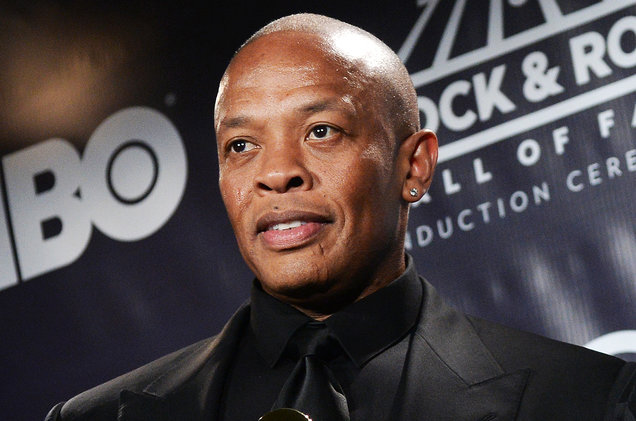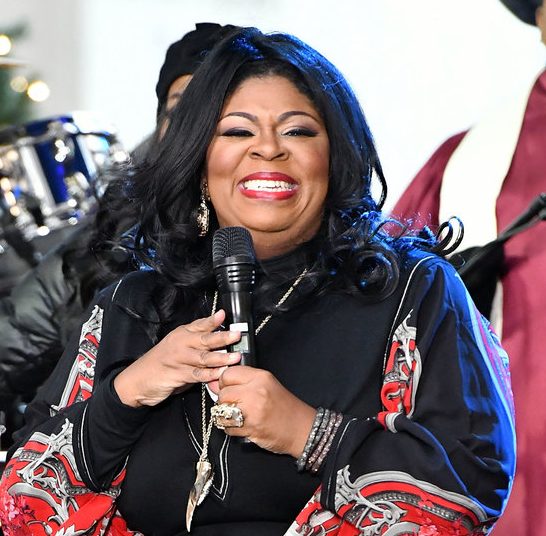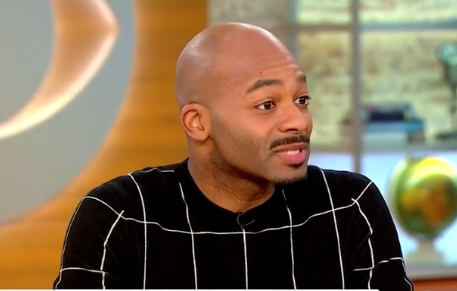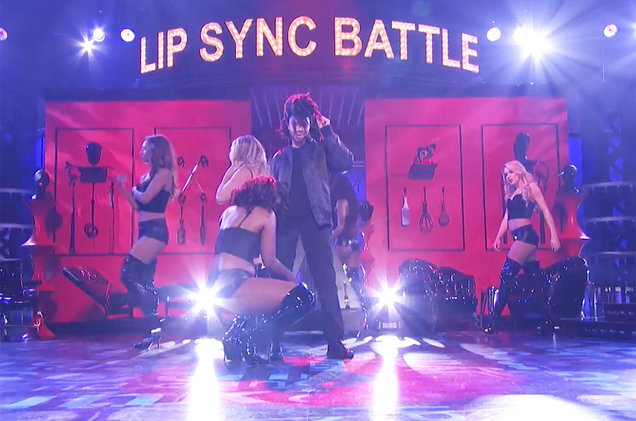Steven Lamar alleges a 2007 deal entitled him to money from derivative versions of the original design.
Beats Electronics, alongside headphones entrepreneurs Dr. Dre and Jimmy Iovine, must again contend with a lawsuit that claims former hedge-fund manager Steven Lamar has been shortchanged royalties. On Monday, a California appeals court reversed a decision that rejected the case on summary judgment. As a result, the music stars could be on their way to a trial.
Long before Dre and Iovine sold Beats Electronics to Apple for a reported $3 billion, they embarked on a project to bring high-end headphones to consumers. The story of Beats’ founding in 2006 is controversial – but Lamar was on board at an early point and brought along Robert Brunner, a renowned industrial designer to develop the headphones design and brand.
Lamar’s complaint contends that in 2006, Iovine and Dre made it clear that they did not want to invest their own money in the venture, and Lamar claims to have done work identifying a manufacturer as well as scouting for investors.
That year, Dre and Iovine filed a lawsuit against Lamar and associated companies, accusing them of failing to perform under a contract and intending to come out with their own “Beats” headphones without Dre’s involvement. A settlement followed that resolved the initial dispute. Iovine and Dre agreed to pay a four percent royalty on headphones.
The present litigation, the one gathering a California appeals court’s review, has to do with Lamar’s claim that he was owed royalties for more than just the original version of Beats headphones. He is now demanding money for derivative versions.
In June 2015, a Los Angeles Superior Court judge rejected Lamar’s claims with a finding that the royalty agreement extended only to the first headphone model. Today, California appeals court justice Roger Boren overturns that ruling by deeming the royalty agreement to be “ambiguous” enough that a jury must consider a factual conflict about the interpretation of the contract.
Beats, Dre and Iovine provided extrinsic evidence that when the royalty agreement was signed in 2007, the headphones design was a work in progress and that they intended the royalty agreement to be a one-product deal covering only the headphone they were working at that time. They added that because they didn’t know whether or not the product would be successful, the royalty agreement didn’t contemplate subsequent headphone models.
Lamar provided his own evidence that everyone was indeed thinking about more than one model of headphone. In support, he produced his PowerPoint presentations from a decade ago that discussed a noise-cancelling model, a non-noise-cancelling model and a Bluetooth wireless model. Lamar also pointed, among other things, to Dre’s 2006 lawsuit which described the parties’ collaboration on a “line of headphones.”
In response, Beats, Dre and Iovine argued that Lamar wasn’t a signatory to the royalty agreement and that his evidence was irrelevant. The trial court agreed, but Boren doesn’t, pointing to Lamar’s involvement in settlement discussions and the contention that he is at least a third party beneficiary to the royalty agreement.
“Based on the extrinsic evidence presented and the language of the contract, we find that it is equally, if not more, plausible that the parties contemplated the interpretation for which Lamar advocates,” writes the appellate justice. “There is no language in the contract limiting the agreement to a single model or product. Instead, the focus of the agreement is on the patented design on which the parties collaborated. Lamar has presented evidence that other headphone models, such as the Solo, were protected by the same patent granted on the headphones design illustrated in Schedule I of the Royalty Agreement. He has also presented evidence that the parties, including Brunner, contemplated that a wireless model based on the headphones design would be covered by the Royalty Agreement. Thus, the agreement is certainly reasonably susceptible to an interpretation that it covers more than just the original, Studio, headphone model.”
SOURCE: billboard.com







